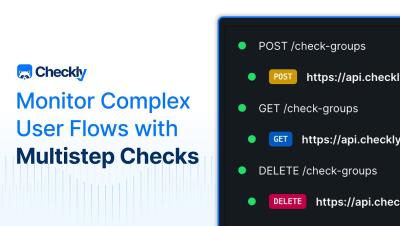How to Fight Alert Fatigue with Synthetic Monitoring: 7 Best Practices
It’s 1am, and something has gone very wrong. The head of sales is in the incident response channel because our top customer is reporting a system-wide outage. Everyone’s running around trying to figure it out. As you look at service maps and traces, you get a sinking feeling. Earlier the previous evening, you got an alert that user-access-service was running out of memory.











